An industrial natural gas backup generator and natural gas powered generator is a big investment – one worthy of significant consideration. At the end of the day, an industrial installment will power your company when all else fails. Capable of powering entire infrastructures, industrial generators provide incredible control over in-store items, accessories production processes and assets.
From a commercial standpoint, you’re better off purchasing a flexible, up-to-date and consistent generator capable of optimizing your workplace. While every industry has its own needs, most benefit from either a new or used diesel generator. A used natural gas backup generator, too, can be efficient in businesses seeking fuel efficiency. Before selecting a provider — whether it be Caterpillar or Cummins or the like — you should understand the ins and outs of generator purchase.
Table of Contents
What Does Your Business Need?
Your business needs a multi-purpose industrial installment. Industrial generators support air compressors, power tools, industrial robotics, lighting systems and entire computing centers. While landscaping, mining and agriculture, too, are benefited by an industrial installation, your assets should be a power priority.
Again, manufacturers like Cummins and Caterpillar offer a variety of new and used diesel generator options—even extending to a wide used natural gas generator selection. While Cummins and Caterpillar are incredibly popular, other providers can offer a similar amount of flexibility. Many businesses simply select these brands due to their incredible parts and service options. That said, you should make an initial decision based upon the following considerations:
Emission Levels of Commercial Generators
Your business may need an industrial generator with a “green mode,” which reduces emissions alongside your business’s carbon footprint. Beware, however, as generators with low emissions may require smaller tank sizes and impact running times.
Fuel Options for commercial generators
If your company needs to maintain high power levels for extended use, you should consider a diesel-powered model equipped with a large tank. Large tanks maintain workplace productivity, and you’ll need to balance re-fueling costs with your generator’s tank needs.
Safety for Industrial Generator
Regardless of your choice, you’ll need to make safety a priority. If your workplace is small and enclosed, a generator producing high amounts of noise and exhaust may not be a good idea. Similarly, your generator will need to abide by industry safety standard and be placed within safe distance of you work area.
Types of Commercial Generators
Industrial generators are costly. That said, you will have a little wiggle room, price-wise, when selecting a product. Fortunately, industrial generators carry significant cost flexibility due to commercial value, bulk purchases and better credit options.
The Natural Gas Backup Generator
A new or used natural gas driven generator utilizes stored natural gas to create electricity. Engine-powered natural gas generators can be hooked into your business’s line via your local utility company. Unlike other engine-powered generators, natural gas generators don’t burn liquid. Rather, they combust gaseous fuel to reduce overall costs. In general, natural gas fluctuates less—offsetting up-front costs by as much as 10 to 20 percent.
The Diesel Powered Generator
Diesel driven generators can be pricey. The price, in most cases, is justified by their immense size and power capabilities. Often, industrial generators used to run workplace devices—like computers, HVAC services, freezers and security systems—cost between $25,000 and $100,000. If, however, you need a fuel-powered generator capable of powering a back-stock warehouse, you may need to pay up to $125,000. The price, again, is justified—as high-end commercial generators can save infrastructure power, run entire hospitals and maintain large freezers.
The Caterpillar G3516 generator, here, is an excellent choice. Either a new or used diesel generator is a massive benefit to commercial establishments, or the Caterpillar G3516 generator utilizes the brand’s own Electronic Ignition System to generate high-quality spark timing for diesel fuel optimization.
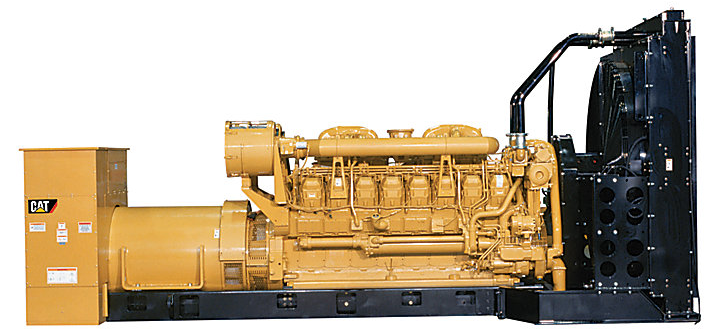
Cost of Commercial Generator
Industrial generator prices are varied. Typically, a standby backup generator used for small work areas will cost about $22,000. Such generators will power workplace air conditioning units, water heaters and refrigerators.
A large generator, needed to power an entire industrial warehouse, will cost approximately $125,000. These generators can power industrial freezers, high-powered machinery and entire premises infrastructures.
Generator Specifications
To determine what generator type you need, you’ll need to determine which power options best suit your business’s needs. Here, you should consider voltage and wattage.
Voltage
Voltage is a generator’s maximum amount of potential energy used on a circuit. Generators offer three voltage phases: 120, 240 and 120/240.
Wattage
Wattage is the total number of amps and volts produced by a generator—multiplied together. Often, this information can be located via your manufacturer’s specification sheet, an owner’s manual or the machine’s data plate.
To determine the size of generator your business needs, add up the number of needed watts. Then, select a generator covering this range. Size isn’t determined by height, width or length. Rather, it’s standardized by how many watts a generator can create. In general, different fuel types impact overall watt range. Diesel generators can produce twice as many kilowatts than natural gas generators. If you need more power, you’ll need a diesel-powered generator.
Industrial Generator Features
Next, you’ll need to consider additional generator options to maximize your business’s efficiency, safety and longevity. The common generator features below are all useful, but each may be particularly important to your business:
LCD and LED Displays
Several generators have LCD and LED displays, status bars and navigable menus. Light-up displays and notification lights will make nighttime use safer, easier and more predictable. During daytime hours, LCD and LED displays will display fuel levels and oil notifications.
Remote Monitoring
Remote monitoring features will track your generator’s performance. This feature is incredibly useful for businesses using generators consistently, as remotely monitored generators can be micromanaged for fuel efficiency. Typically, online support is provided alongside a remote monitoring feature, so a staff can easily track fuel expenses.
Safety Switches
Some generators include automatic shut-off switches. Safety switches are incredibly important to have on emergency back-up generators, as a back-up generator without a safety switch may blow out a circuit as it comes on. Transfer switches, meanwhile, monitor voltages traveling across a circuit. If an interruption occurs, a transfer switch can immediately activate a generator’s power before shutting it down.
Mounting Pads
You may opt to purchase a generator with a mounting pad. A mounting pad is a concrete divider, placed beneath a generator, which adds extra protection. If your workplace needs to place a generator outside, a mounting pad is a must-have purchase, protecting your generator from grass, mud, snow and rainfall.
Enclosures
A generator enclosure similarly serves to protect the generator, itself. Capable of withstanding bad weather, rubble and day-to-day dirt, an enclosure can store a generator for long periods of time. Made of aluminum or steel, generator enclosures are incredibly useful for protecting industrial generators operated outdoors.
Diesel Kohler generator without enclosure:
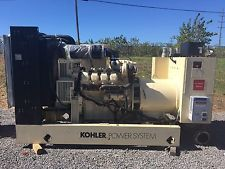
Caterpillar diesel generator with enclosure:
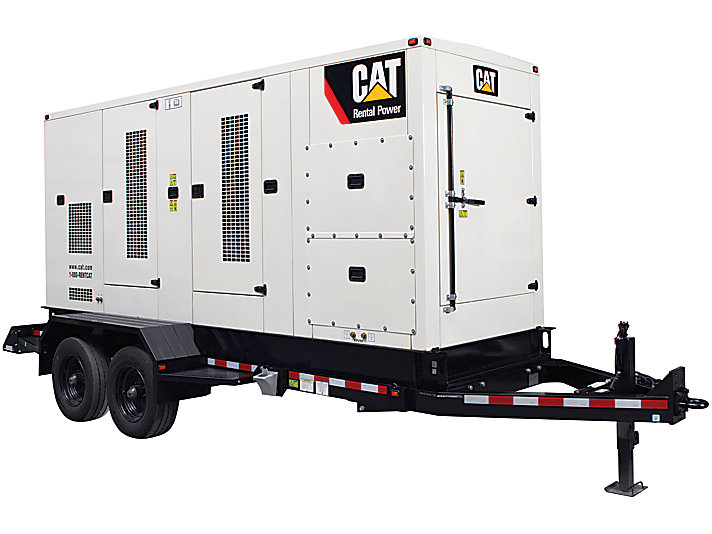
The Automatic Start Option
When picking a generator, you should make sure it’s outfitted for automatic starting. Many industrial generators carry this attribute—an attribute which is slowly becoming an industry commonplace. Automatic start generators kick in immediately, creating a seamless transition when disaster strikes. For this reason, they’re selected by emergency services incapable of withstanding even a moment’s loss of power.
So, at the end of the day, a generator with automatic start is a quality selection for a commercial establishment. Choose your model wisely, and contact Swift today to check an expansive inventory outfitted for any scenario.
Frequently Asked Questions About Industrial Generator
Why must I invest in an industrial generator?
Your industrial or commercial unit requires a continuous power supply to ensure that all business activities continue to run as expected. However, a power outage can bring it all to a standstill, sending your proceedings into a tizzy. Without an industrial generator, you will not be able to resume operations until the power comes back. This can result in huge business losses. Things can be even more drastic in case of harsh weather or a natural calamity. The power grid can be off for days. In such scenarios, industrial generators can provide you with much-needed backup.
Which is better – a new or used industrial generator?
Whether you purchase a new generator or a used one will completely depend on your requirements. Both come with their own set of pros and cons, you must decide whichever suits you the best. While new generators come with the latest technology, manufacturer’s warranty, and EPA Tier 4i and Tier 4F compliance, there is usually a longer lead time, higher cost and little scope for customization. Used generators, on the other hand, can be purchased immediately, customized to your specific needs, and much more cost-effective. However, there is no manufacturer’s warranty, older models, and used hours.
What are the factors to consider before buying an industrial generator?
The first thing you must take into account is your main requirements. That apart, you must look into the brand, emission levels, fuel options, warranty, power generation, safety aspects, voltage, wattage, mounting pads, enclosures, automatic or manual, etc. These specifications will depend on where and how you wish to use the generator.
Is it a good option to go for a generator with an automatic start option?
Yes. It has become a commonplace industry standard to go for generators with automatic start option as they seamlessly start delivering power to the industrial units, making it a smoother transition from power grid electricity to alternate power.
How do I choose the right size of an industrial generator?
You need to calculate your total power requirements to determine the right size of an industrial generator. List all the equipment and machines that need to be powered during an outage. Determine the wattage or power consumption of each item and add them up. Choose a generator that can handle this total power load with some additional capacity to accommodate future needs.
What type of fuel is used in industrial generators?
Industrial generators can be powered by diesel, natural gas, propane, or gasoline. The choice of fuel depends on the specific requirements of your industry as well as its availability. Diesel generators are known for their durability and efficiency. Meanwhile, generators utilizing natural gas are more environmentally and pocket-friendly.
Is the generator’s runtime an essential consideration while buying?
A generator with longer runtime will require fewer refills. So choosing such a generator can be more cost-effective in the long run. Consider the power outages in your area and pick a generator that meets your needs without frequent refueling.
What is the power factor in industrial generators?
Power factor measures how effectively a generator converts electrical power into useful work. It is the ratio between the real power (kW) and the apparent power (kVA) the generator can deliver. The higher the power factor, the more efficient the generator. A power factor close to 1 indicates optimal performance and minimal energy loss.
What is the difference between standby, prime, and continuous ratings?
Standby rating indicates a generator’s maximum power output for emergency backup situations, typically with limited operating hours per year. Prime rating represents a generator’s power output for extended periods, usually up to 70-80% of the standby rating. The continuous rating denotes a generator’s power output for continuous operation without time limitations.
What safety features should I look for in an industrial generator?
Safety features are crucial when dealing with industrial generators. Look for generators with automatic shutdown systems. They protect the generator from damage due to overheating. Install ground fault circuit interrupters (GFCIs) to prevent electric shocks. Additionally, consider generators with noise reduction features to minimize the impact on surrounding environments.

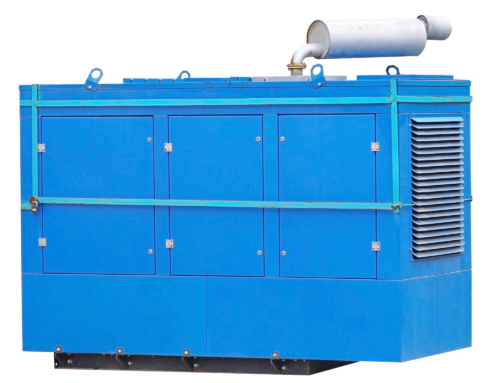
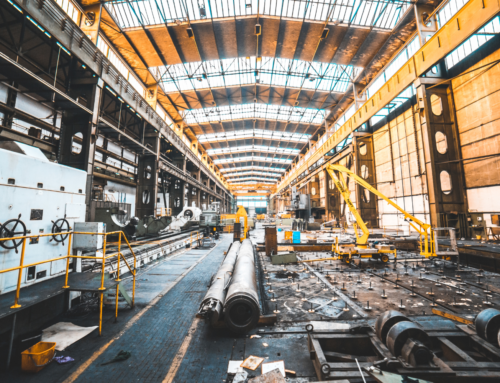

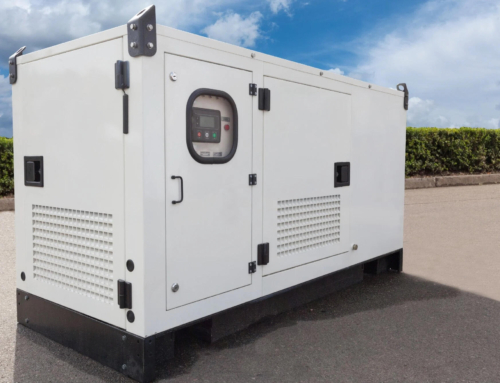
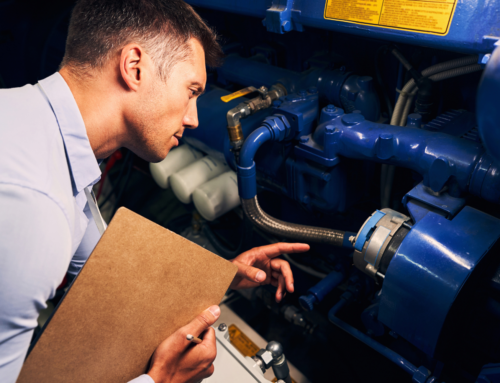
Leave A Comment